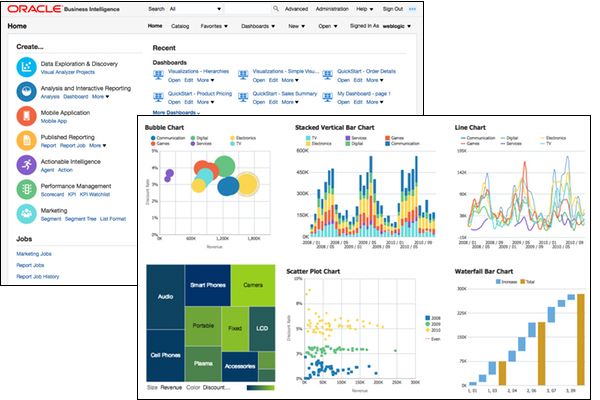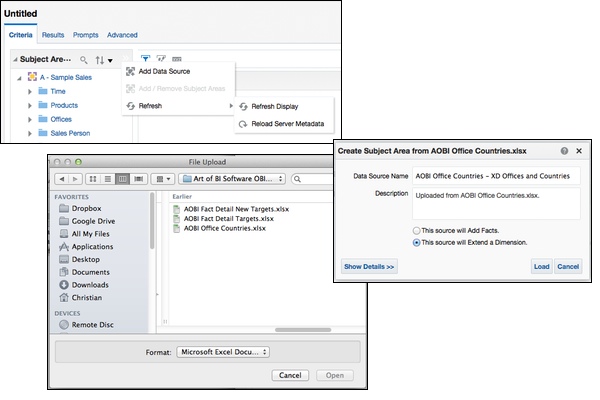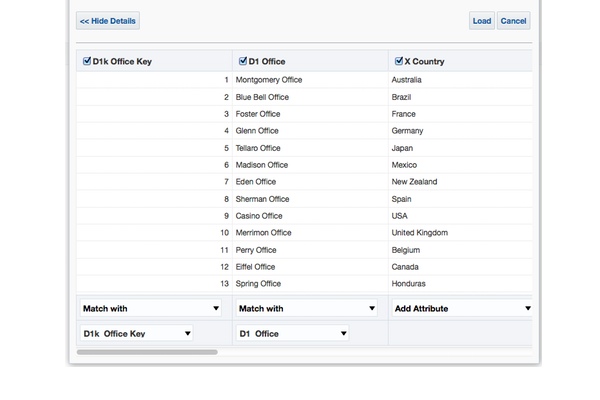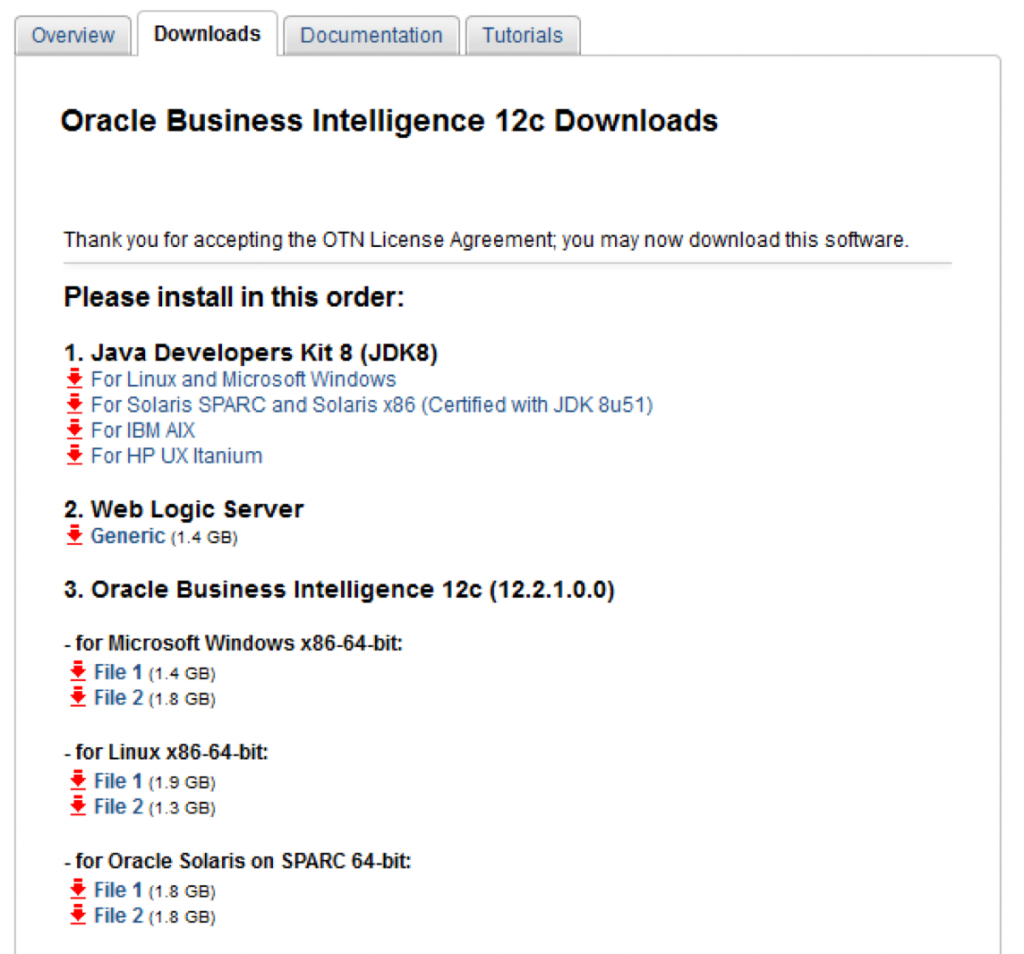Art of BI: First Look: Oracle Business Intelligence 12c
Author: Christian Screen | 5 min read | October 25, 2015
As Oracle BI 12c gets released this week at Oracle Open World 2015, there will undoubtedly be a bit of chatter around what this means for Oracle BI Customers, new and existing. Here’s a first look at Oracle Business Intelligence 12c (OBIEE 12c).
In this short series we’ll examine:
- What’s New in Oracle BI 12c
- Infrastructure of Oracle BI 12c
- Oracle BI 12c for Metadata Modelers
- Oracle BI 12c LifeCycle Management
- Upgrading to Oracle BI 12c
What’s New in Oracle BI 12c
OBIEE 12c brings a new look and feel to the Oracle Analytics foundation system.
The front-end, presentation layer of OBIEE has undergone substantial changes. If you thought the look and feel of Oracle BI 11g was nice, just wait until you see Oracle BI 12c. A much cleaner, flat icon styled, end-user intuitive interface dorns the new Oracle BI system. Under the covers the Cascading Style Sheets and the JavaScript have been optimized for Cloud performance, and there are many other slick additions to the product.
Visual Analyzer
What most people will probably find the most driving feature of this release, apart from the new look and feel, is the Visual Analyzer (VA), data discovery tool. It’s an offering that clearly competes with the likes of Tableau and other leading data discovery tools on the market today. VA is definitely a contender. Plus it integrates with the enterprise modeled metadata and centralized analytics system of OBIEE which is so well known for being able to deliver.
Data Mashups
VA as well as standard analysis reports also have the ability to build reports or analyze data from the other major feature that is sure to get a lot of attention, mashups.Mashups give end-users the ability to take their data in common data text formats such as an MS Excel file or CSV and merge it with metadata that has been curated in the central OBIEE repository. Users now have the ability to complete a much richer self-service experience. When creating a new analysis report, an option to Add a Data Source is available. Select this option prompts…and continue on the blend data from different data source. The logic is all handled by the Oracle BI server at run-time and is transparent to the end-users once they load their data. Clearly, there will need to be some governance here eventually but the potential here is fantastic.
New Views Functionality
Long awaited in OBIEE have been waterfall charts and heat matrix type graphs. Yes, waterfall charts were available in later versions of Oracle BI 11g but now users have just about every key graphical representation possibility at their disposal with 12c (still no box plot per Stephen Few recommendations but that’s okay for now we know how to use custom charting capabilities via JS).
Another smooth feature now is the right click context menu for graphs and charts. Remember in OBIEE 10g and 11g. If you right-clicked on a graph or chart, you would typically get the Flash Player menu. Well now that Flash is technically out of the picture from the default install, things get more interesting. A right-click menu allows for deterministic drilling into a data point and gives more control for interaction.
Installation and Configuration
We are stoked about the quicker installation process. We’ll walk you through that soon as part of this series. You can even see from the download page on Oracle TechNet that the main Oracle BI 12c install is now only two files instead of the 5 files and the footprint is much smaller. And yes, we finally get to use Fusion Middleware 12c, i.e.: WebLogic 12c which has a lot more capability associated with, leveraging Java 8, and some more streamlined features for OBIEE including an easier method to scale out the OBIEE 12c system as well as integrating OBIEE with SSL.
Are there new default port configurations? New port configurations are going to throw a few folks of but this is great as it really does give way to what we can call a new level system for the next 4 to 5 years. Different ports also means you can run Oracle 11g and 12c on the same server (if beefy enough, while you sunset the legacy system). We’ll look at some of the built-in regression testing functionality when conducting an upgrade or an assessment later on. In infrastructure, they’ve done away with the OPMN service, so now the start and stop looks more similar on a *Nix and Windows OS which is great for common needs for our infrastructure experts. Along those lines of changes Oracle BI 12c has done away with the BISystemUser and the need to Refresh the GUIDs. In fact, for users and application roles, there are no more GUIDs, apparently just the alias names themselves. We await some more testing on that will play out in real-world integrations with multiple authenticator systems, etc. but this is definitely a pro and not a con.
Rumor has it that the Oracle BI Cloud Service (BICS) is the driver primarily to thank as the impetus for the default skinning, new graphics, icons, and intuitive interface. In the future Oracle BICS will be the testing ground for patches and bug fixes first before releasing them to the on-premise OBIEE solution. This is great for Oracle BI customers as this means less bugs (or at least more bugs vetted) and more features faster and more consistently delivered through quarterly patch cycles.
This should give you enough to whet your appetite for Oracle BI12c. We’ll dig into some technical topics and some metadata developer new features in the upcoming days and weeks.
We look forward to assisting our customers with upgrading to from Oracle BI 10g and 11g to the new Oracle BI 12c system with our Oracle BI 12c upgrade solution service.




